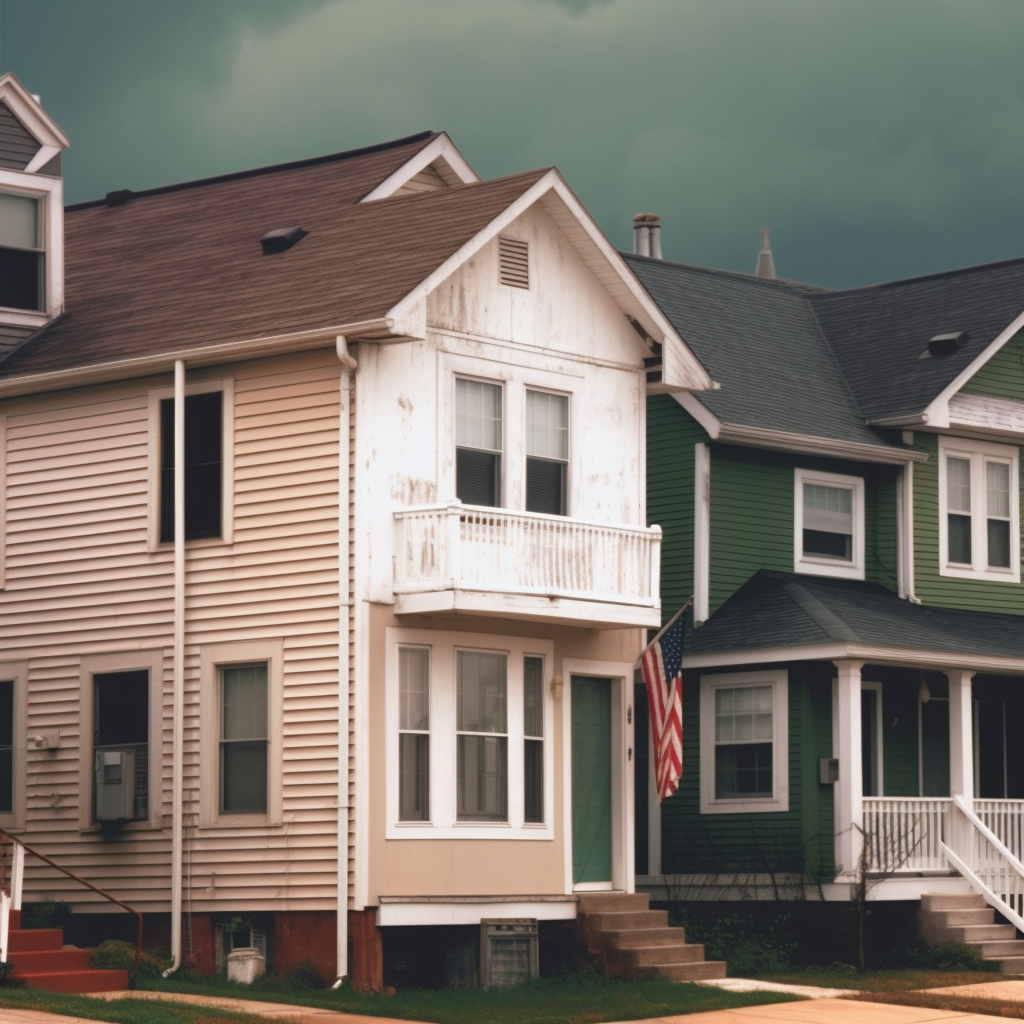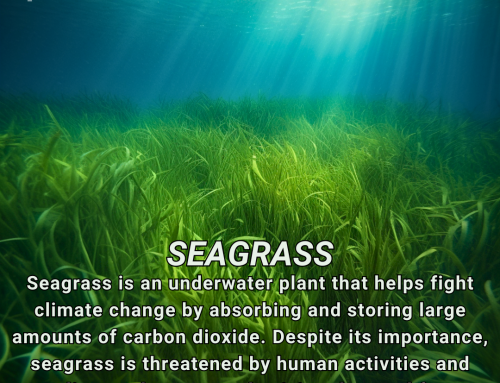
The 2024 Realtor.com Housing and Climate Risk Report delivers an alarming revelation. Almost half of the homes in the United States, amounting to 44.8%, are susceptible to at least one significant climate risk. The financial implications of this susceptibility are staggering, with the combined value of these at-risk homes totaling nearly $22 trillion.
To predict potential disasters such as floods, winds, wildfires, heat, or air quality issues over the next thirty years, the report utilized data from the First Street Foundation. This data holds critical insight into the future of housing in the face of increasing climate change threats.
The report further breaks down the risk by cities. Miami, New York, and Tampa emerged as the cities with the most home value at risk from flooding. On the other hand, New Orleans has the highest proportion of property value at risk, suggesting that homeowners in these areas may face significant financial losses if precautionary measures are not taken.
The threat of wind damage is often overlooked, yet it poses a significant risk, especially during hurricane season. Miami, Houston, and New York frequently find themselves at the mercy of wind damage, and wind poses an extreme risk to all homes in Baton Rouge, Charleston, Houston, and Tampa.
Wildfires are another growing concern, with major metros like Los Angeles, Riverside, and San Francisco identified as the most endangered. The Miami-Fort Lauderdale-Pompano Beach region, meanwhile, faces the highest risk from extreme heat. The increasing frequency and intensity of these climate risks have become a cause for concern for homeowners and authorities alike.
The risk is not limited to homeowners alone. According to a study by Harvard, almost 41% of occupied rental units are located in areas exposed to severe weather and climate-related threats. This places a considerable number of renters at risk of displacement and financial hardship.
The increasing frequency of weather- and climate-related disasters in the U.S. is a testament to the escalating risks. Since 1980, the U.S. has witnessed 377 such disasters, each causing at least $1 billion in damages. The cumulative cost of these disasters is over $2.670 trillion, further emphasizing the financial risk associated with climate change.
The findings of the 2024 Realtor.com Housing and Climate Risk Report underline the urgent need for mitigation measures and climate-resilient housing policies. As we face an era of increasing climate risks, it is crucial to safeguard our homes, cities, and economy from the mounting threats of climate change.
Science4Data is committed to cut through greenwashing and measure real impact. Join the journey to a sustainable future. Your actions matter.






